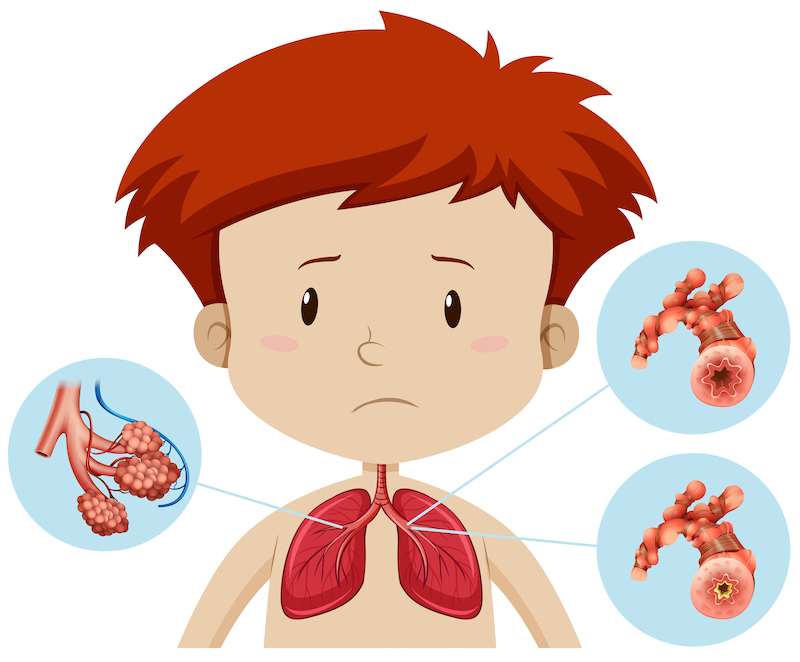Entering into the world of parenthood isn’t easy for most couples. Be it feeding, diapering, bathing, or comforting a baby, everything seems to be a blur.
When it comes to the most essential part of parenting, that is, feeding; no matter how you decide to feed your baby, it just doesn’t come naturally and involves a lot of trial and error. Breastfeeding, as natural as it sounds, is not a skill a mother is born with, and to establish a successful mother-baby bond, a lot of patience, persistence, and learning is required.
Must Read: Frequent urination is a big problem in pregnancy. Why is it so? And how to deal with it?
Those stumbling upon this post will find answers to the most common questions arising among the breastfeeding community. So come on, new mums, grab a hot cup of tea, sit back and enjoy reading, while also giving yourselves an appreciative pat on the shoulder for doing a great job feeding your little one!

The most favorite question of new nursing moms – How much and how often?
Newborn babies have small tummies and need to fill up with milk very often. In addition, breast milk is easily digested and hence triggers hunger pangs more often than we think. On average, a newborn baby feeds 8-12 times in a 24 hour period which can vary from day-to-day. Gradually, as the baby ages, the interval starts increasing and by around 4-5 months, babies can go without feeds for a long stretch of hours.
How long to feed is also very subjective and varies from baby to baby and day-to-day. On average, it takes 20-40 minutes for each feeding session. With this short interval and this long session, no wonder new mums feel what seems like an isolated milking machine! One piece of advice for all mums reading this: hang in their mama, this phase will pass in a flash and will be a distant memory quicker than you can imagine.
How do I figure out if my milk is enough for my newborn baby?
This question bothers a new mother like no other! With no way to determine the amount your baby drinks at each feed, it is hard to figure out if he is okay or if he is starving. Some signs and clues that indicate a successful breastfeeding routine includes :
● Number of wet diapers per day (refer to the chart below)
● The baby is gaining weight as expected
● The baby is alert and active when awake
● The baby comes off the breast satisfied and sleepy
● Baby’s mouth looks wet and pink
Related Topic: These 7 things a pregnant women never want to hear
How do I increase my milk supply?
You may become overwhelmed by an ocean of advice regarding increasing milk supply, the simple solution is; frequent feedings! Nature wonderfully operates on the ‘demand and supply’ phenomenon and hence, the more you latch your baby, the more signals the brain gets about increasing the milk production and eventually produces more milk for the baby. Good maternal nutrition and hydration also contribute towards healthy milk production.
As a nursing mother, how do I take care of my health?
It is very important for a nursing mother to watch her diet, as breastfeeding burns as many as 500 kcal/day. It is important to include green starchy vegetables, an iron-rich diet, calcium-rich milk and milk products, and protein sources so that the body maintains its nutrient supply.
Mothers are also advised to continue taking their pregnancy prenatal vitamins throughout. Drinking 1-2 L of water per day is highly recommended. Steps to eliminate stress and getting adequate rest also should be on the priority list for the mothers.
I am a c-section mum, I cannot sit for hours to feed, how do I ensure successful breastfeeding?
Mothers healing from a C section find it difficult to find a suitable position to nurse their babies. There are various other positions that can be tried that put minimal pressure on the wound. These include side-lying position, football hold, cradle, or crossover hold, with a breastfeeding (or normal) pillow on your lap and your baby lying on top.
I am 8 months pregnant, my friends suggest getting a breast pump, do I really need it?
A good electrical pump is a must-have for women who plan to breastfeed and also go back to work shortly after delivering the baby, as they can pump and stash the milk for the baby. However, for non-working women, who plan to stay with their babies, with no more than occasional trips away from the baby, it will be totally up to them to decide.
Also Read: How To Talk To Your Partner About Fertility Issues
My baby is 6 weeks old and doesn’t seem to get enough milk!
Many times, it has been observed that babies seem to not get enough, and in desperation and anxiety, moms start offering formula feed, commonly termed as ‘top feed’. At different times in a baby’s life, he undergoes periods of rapid growth called ‘growth spurt’. This is when they need additional calories, and therefore, in simple words, are asking for more food. This is commonly seen at 2 weeks, 3 weeks, 6 weeks, 3 months, and 6 months. It is again nature’s way to upregulate your milk supply to accommodate the baby’s growing needs. Giving a bottle at this point can hinder the ‘demand and supply’ cycle and affect the milk flow. It is a test of patience for mums. The good news here is; babies usually return to their normal eating patterns within a few days and behave well up until the next growth spurt.
Ouch! My nipples hurt from the constant suckling.
Nipple erosion is very common and usually occurs in the first week of nursing. The nipples who have been an untouched entity until now are being exposed to friction rub 24/7 and therefore causing discomfort. This pain, however, can be prevented by effective latching techniques. A good latch is when the baby takes in the most part of the areola ( the dark brown portion) of the breast and not just the nipple in his mouth. Furthermore, applying nipple creams and butter also prevents drying and cracking of the sensitive tissue, thereby decreasing pain.
References :
● Sonya Boersma, (April 2019),Breastfeeding protocol : Signs of effective breastfeeding.
https://breastfeedingresourcesontario.ca/sites/default/files/pdf/BFI_Signs_of_Effective_
BF_web_final.pdf
● Maternal Nutrition and Breastfeeding,Stanford Children’s health.
https://www.stanfordchildrens.org/en/topic/default?id=maternal-nutrition-and-breastfeedi
ng-90-P02678
Related Topic:
WHEN TO STOP WORKING DURING PREGNANCY?
As your due date approaches, you might be wondering when to stop working and begin your maternity leave. This decision is based on several considerations, the most important of which are your medical, economic, and personal circumstances. Read More:
![]()











